Standing on the high rocky cliff overlooking the Lake, it was easy to imagine how a huge November storm in 1905 sank or damaged twenty-nine ships and killed thirty-six seamen on Lake Superior.
That disastrous storm was the impetus for the building of Split Rock Light Station by the federal government on the North Shore. It went into service in 1910 and served the freighters carrying iron ore mined from northern Minnesota and shipped from the ports of Two Harbors and Duluth/Superior. Three identical lighthouse keeper homes were constructed at the same time, along with barns, oil house, and fog signal building that contained a gas engine-powered fog horn that was used when visibility was poor due to fog, smoke, or snow. During the first twenty years, the station could only be reached by boat, so the keepers and their families would stay during the shipping season and leave for the winter months. After the construction of the North Shore Highway, the keepers and their families could live there year-round, and the Split Rock Light Station became a popular tourist attraction. The Lighthouse remained in operation until 1969 when navigational equipment made it obsolete. It is now a National Historic Landmark.
Lake Superior is the largest of the Great Lakes and the largest freshwater lake in the world by surface area. It was an ocean to my midwestern eyes. The horizon of unending water was unforgiving in its flatness, and with my amateur photography skills, I realized too late that I tilted every water horizon. But tilt or no tilt, the Lake was magnificent in its immenseness. A rain squall that had detained us in our car when we arrived, had moved out over the Lake. The sky and water danced with light and wind.
Living on the water in this remote location was tough for the three keepers and their families. Supplies that came by boat were carried up the cliff with a hoist and derrick system until a storm destroyed the hoist engine six years after it was built. A tramway rail and stairway were then constructed from a dock and boathouse on the Lake to the top of the hill and was used until 1934 when supplies could be trucked in by roadways. Storms destroyed the dock and boathouse in 1939 and 1959, respectively. (The tramway ran just left of the stairs.)
The Lighthouse was lit from sunset to sunrise every night during the nine month shipping season for nearly sixty years. The keepers would rotate four-hour shifts in the night in addition to working during the day. They had to be skilled at repairing and operating the equipment along with bookkeeping and administrative duties.
Living on the water in this treacherous rocky shoreline and lighting the dark waters of Superior for a range of twenty-two miles provided a lifeline for the many freighters who moved the ore. Who knows how many lives were saved thanks to the Lighthouse keepers?
There are times in our lives when Storms sink our dreams and destroy our resolve. We feel powerless and small in the face of the hugeness of a task or an obstacle that looms as large as an ocean in our mind. We wonder if anyone even notices us…
But then we remember that the Lighthouse is lit every night–every single night–storm or no storm. It is the Light that chases away the darkness, reflects off the water, gives us resilience, allows us to be seen, and keeps us moving in the right direction. And as the days and nights of many years pass through us, we realize that we–each one of us–are the Keepers of the Light and beacons for one another.
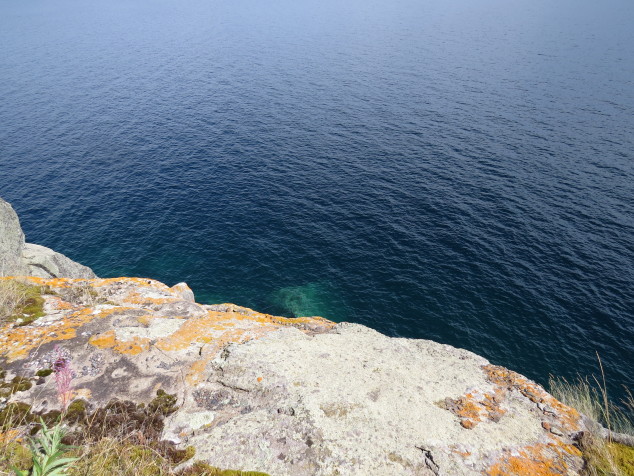
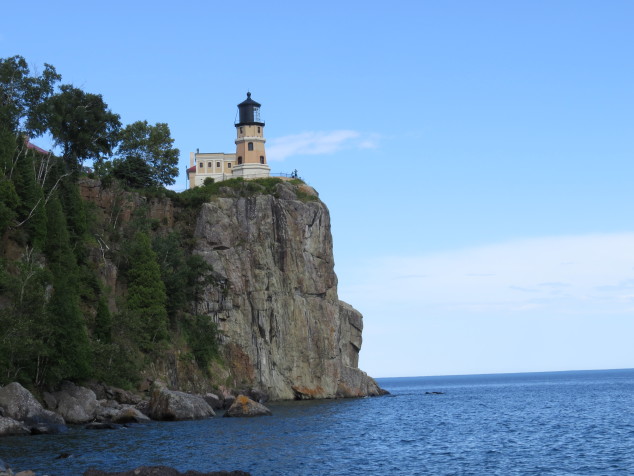
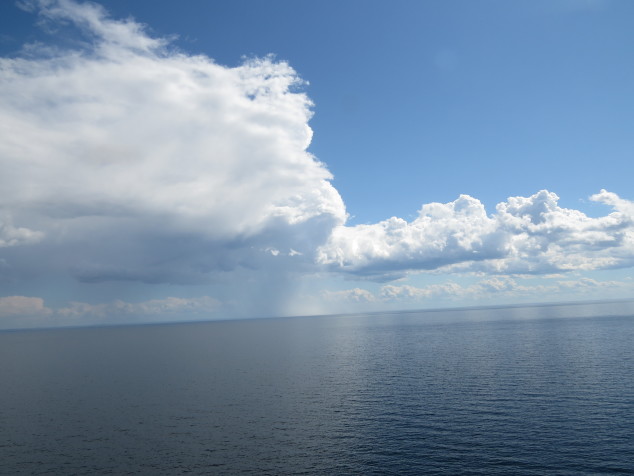
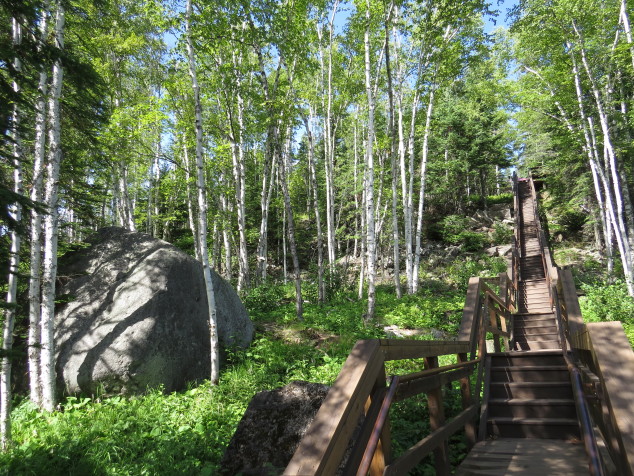
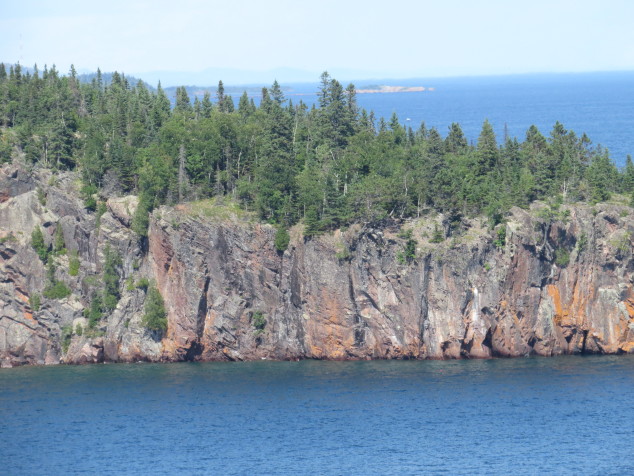
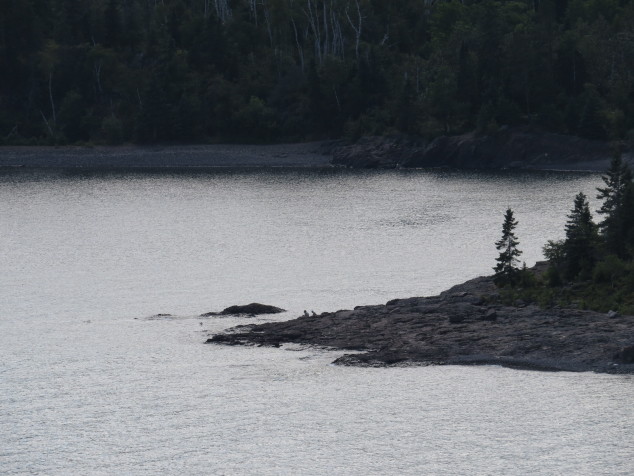
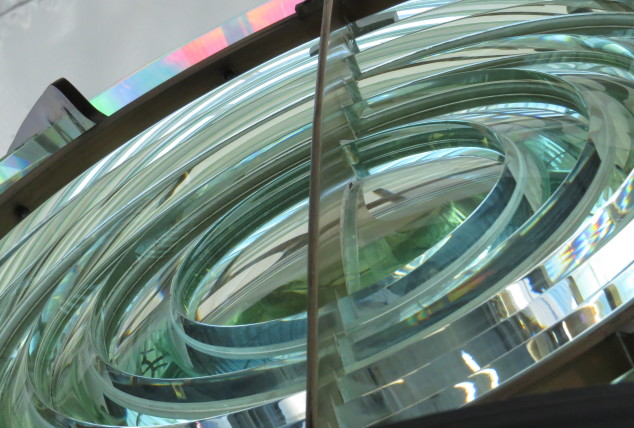
Denise, I loved what you wrote about the lighthouse and Lake Superior. We have been there many times with our children, but weren’t aware of all the facts about it. It’s never too late to learn new things!!
Glad you liked it, Joan–it is such a beautiful place!
Thanks, Joan!